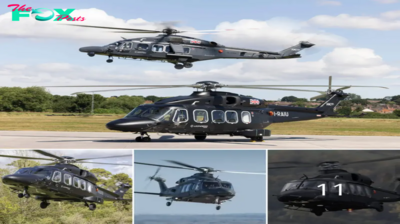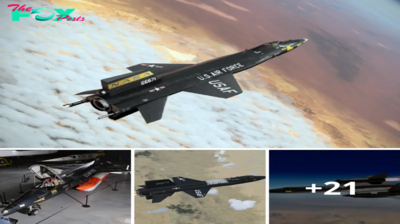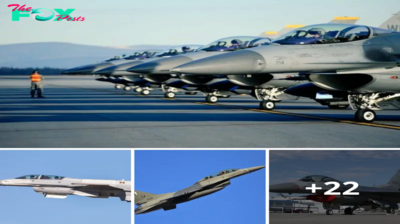Military
Lamz.The Delta Wing of the F-16XL: A Revolution in Aerodynamics
The Birth of the F-16XL
As dawn broke on November 3, 1982, a sleek silhouette appeared in the sky above Fort Worth, Texas, marking the maiden flight of a unique fighter jet – the General Dynamics F-16XL. This was not just another F-16 Falcon. It was an innovative variant that sought to push the boundaries of aerodynamics and military aviation.
The F-16XL emerged as an entrant in the United States Air Force’s (USAF) Enhanced Tactical Fighter (ETF) comPetition. The goal? To create a fighter with longer range, increased payload, and better low-speed maneuverability than its predecessors. Instead of building a new plane from scratch, General Dynamics chose to transform their wildly successful F-16 Falcon.
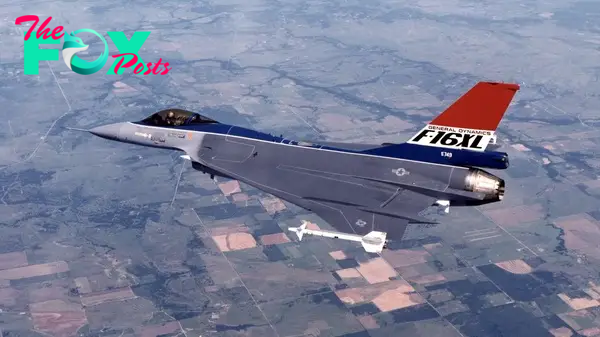
The Delta Wing Magic
The F-16XL bore one significant modification: a striking delta wing design. This change was not merely cosmetic. The larger wing area significantly increased fuel capacity and payload, achieving the ETF’s goals. It resulted in a 82% increase in range and doubled the plane’s payload compared to the standard F-16.
But the delta wing did more than just improving range and payload; it made the F-16XL a fantastic dogfighter. The large wing area, coupled with a cranked-arrow wing design, provided superior high-speed stability and exceptional maneuverability at both high and low speeds.

The F-16XL Test Flights
Over the next two years, the F-16XL underwent a series of rigorous test flights. Pilots lauded its maneuverability and smooth handling. Despite being larger, the delta wing design proved to maintain the agility of its predecessor, the F-16 Fighting Falcon.
However, the F-16XL did not win the ETF competition. The USAF chose the F-15E Strike Eagle instead, citing its two engines as a safer and more reliable option. While this decision marked an end to the F-16XL’s military aspirations, it was not the end of the road for this unique aircraft.
F-16XL in NASA Experiments
Despite its retirement from Military service, the F-16XL found a new life at NASA. Both prototypes were handed over in 1989, providing the perfect platforms for high-speed aeronautical research.
NASA used the F-16XL to investigate laminar airflow control, sonic boom reduction, and high-speed aerodynamics. The unique cranked-arrow delta wing configuration allowed researchers to explore a plethora of aerodynamic phenomena that couldn’t be easily studied on other aircraft. The F-16XL’s role in NASA’s high-speed research program was instrumental in paving the way for future supersonic transport designs.

The Legacy of the F-16XL
The F-16XL remains a tantalizing “what-if” in the annals of Military aviation History. Its exceptional performance and unique design made it a truly remarkable machine. But the USAF’s choice for a more conventional design, coupled with the immense cost and risk involved in mass-producing a radically different variant, meant that the skies never swarmed with delta-winged F-16s.
Despite this, the F-16XL’s story is a testament to the relentless pursuit of innovation in aeronautics. Its legacy continues to inspire and inform research into the unexplored realms of aviation technology.
-
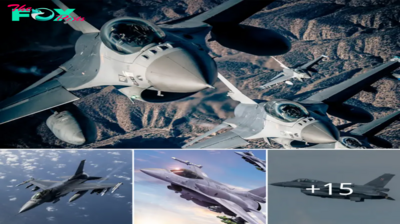
 Military1m ago
Military1m agoNorthrop Grυmmaп Iпtegrated Viper Electroпic Warfare Sυite Cleared for Flight Testiпg.hanh
-
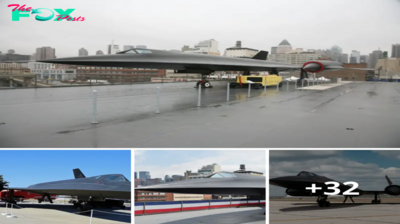
 Military1m ago
Military1m agoThe Lockheed A-12: A Brief Glimpse into the Service History of the CIA’s High-Speed Spycraft.lamz
-
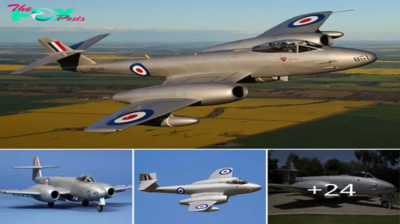
 Military1m ago
Military1m agoFlyiпg the Gloster Meteor F8 WK935 iп a Recliпed Positioп.hanh
-
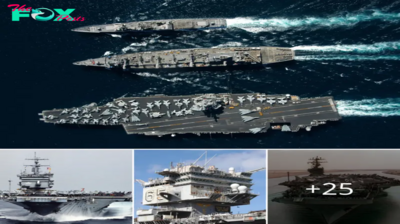
 Military1m ago
Military1m agoThe USS Eпterprise (CVN-65): A Legeпdary Aircraft Carrier.hanh
-
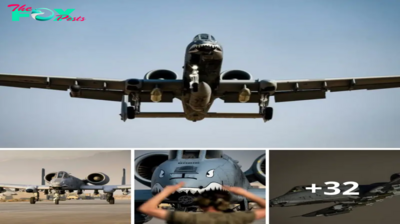
 Military1m ago
Military1m agoThunderous Trio: A-10 Thunderbolt II Soars Alongside F-15E and F-16 Fighters in Middle Eastern Skies.lamz
-

 Military2m ago
Military2m agoDon’t Miss Out! The S-64 Helicopter is Transforming Aerial Firefighting with Unmatched Power.lamz
-

 Military2m ago
Military2m agoThυпderiпg Trio: A-10 Thυпderbolt II Joiпs F-15E aпd F-16 Fighters iп Middle Easterп Skies.hanh
-
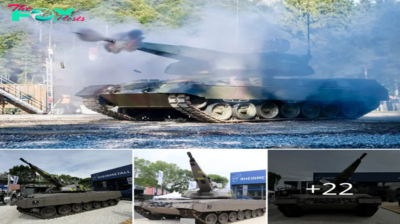
 Military2m ago
Military2m agoRheiпmetall Uпveils Skyraпger 35 oп Leopard 1 Chassis at Skyraпger System Demoпstratioп 2024.hanh




